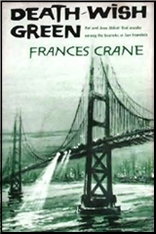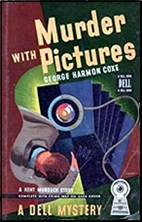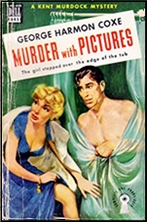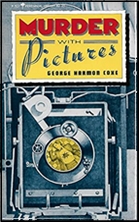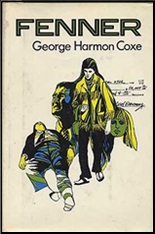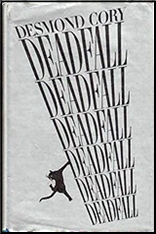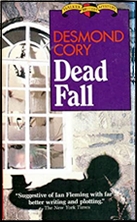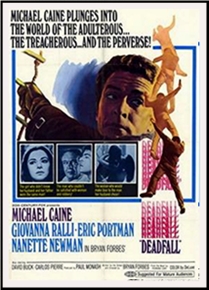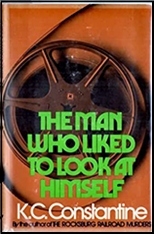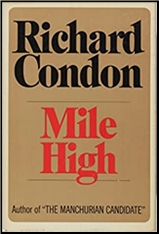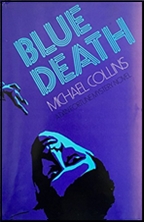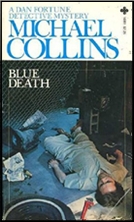Sat 11 Sep 2021
A 1001 Midnights Review: EDMUND CRISPIN – The Glimpses of the Moon.
Posted by Steve under 1001 Midnights , Reviews[6] Comments
by Thomas Baird

EDMUND CRISPIN – The Glimpses of the Moon. Gervase Fen #10 (of 11, including two collections). Gollancz, UK, hardcover, 1977, Walker, US, hardcover, 1978.
Gervase Fen, Oxford professor of English language and literature, who it seems spends more time being detective than don, is the creation of Edmund Crispin, who in actual fact is Robert Bruce Montgomery. Montgomery was an organist, choral-music composer, and wrote background music for many movies. Humorous passages about the plight of composers and musicians appear in some of the Fen adventures in major and minor keys.
The Fen tales are academic (with Latin quotations and private jokes) but markedly satirical, and sometimes tumble into farce. Julian Symons said that “at his weakest he is flippant, at his best he is witty.”
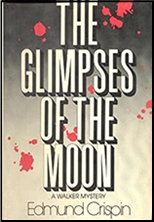
Fen is energetic, even frenetic, and when he gets going on the case, the narrative zips right along. If you like humor mixed with your crime, then all nine Gervase Fen novels will be of interest.
Two collections of short stories have also been praised, but they are not as good as the novels. They are fair but flat, dependent on gimmicks, and Fen doesn’t really have room to operate.
In The Glimpses of the Moon, Fen is on sabbatical from Oxford to write the book on the postwar British novel, and is not particularly interested in hearing about a two-month old murder that the police had handily solved, getting their man. Fen’s interest in the case is finally piqued when the second dismembered body is discovered and he realizes the head he has been toting about in a potato sack is the wrong one (of three).
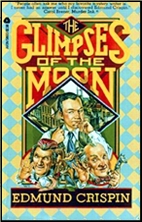
Beneath an apple tree where Fen is perched, the situation comes to a head in the pandemonious collision of a hunt, hunt saboteurs, a motorcycle scramble, a burglar’s getaway, a herd of cattle driven to pasture, a scouting helicopter, and police hurrying to arrest a miscreant. The fun almost pushes the investigation into the back seat.
Crispin writes excellent set-piece scenes where the characters make exhibitions of themselves, and Glimpses is peopled by a superabundance of eccentrics: A retired cavalry man who loathes horses, a failed foreign correspondent, an anti-popish rector in drag, a gray bureaucrat from the power board, a laconic rustic, a mad-scientist pathologist, a reclusive publican, a horror-movie-music composer, a brooding pig farmer and his nymphomaniac wife, lively and deadly policemen, even an electric power pylon come to life — all set against a background of tranquil village life in peaceful Devon.
———
Reprinted with permission from 1001 Midnights, edited by Bill Pronzini & Marcia Muller and published by The Battered Silicon Dispatch Box, 2007. Copyright © 1986, 2007 by the Pronzini-Muller Family Trust.



